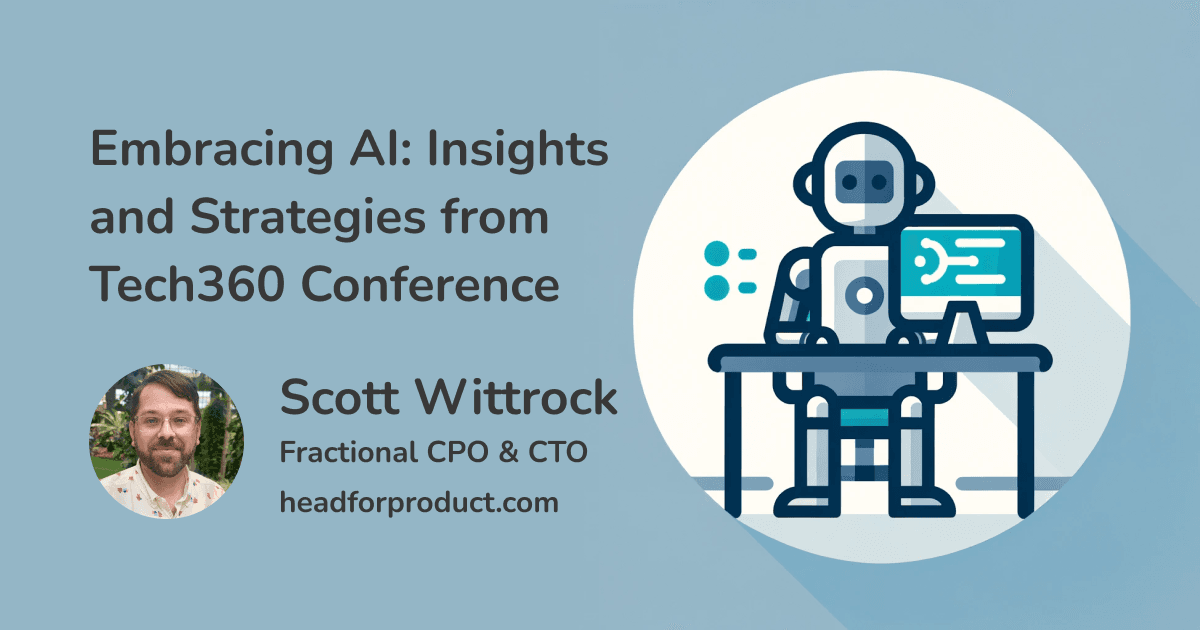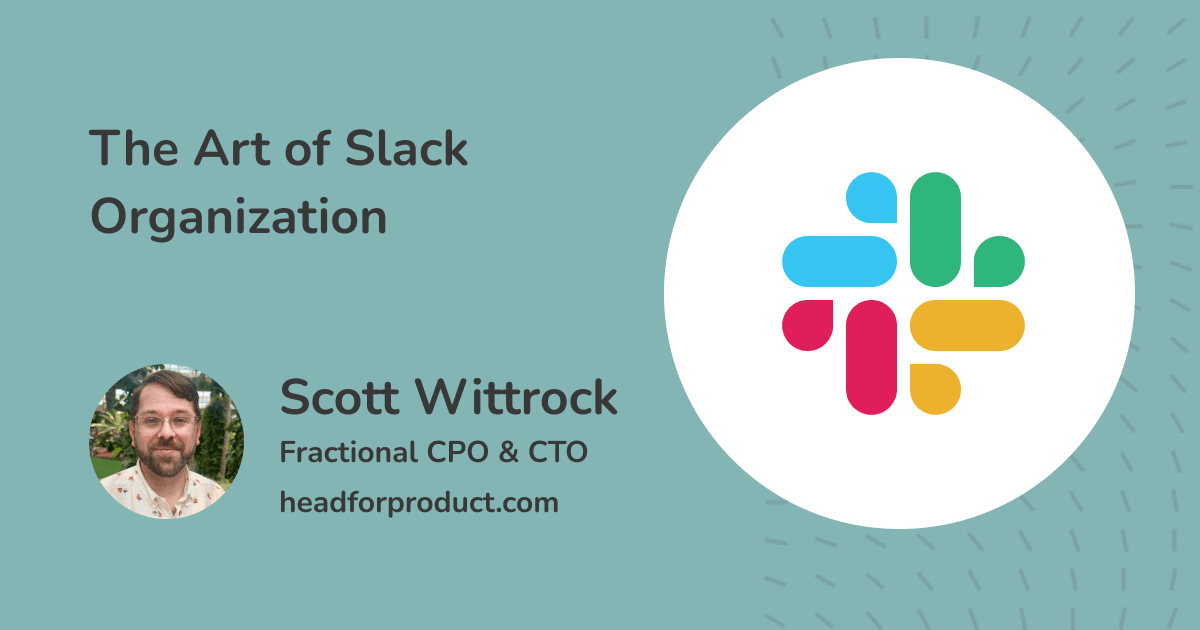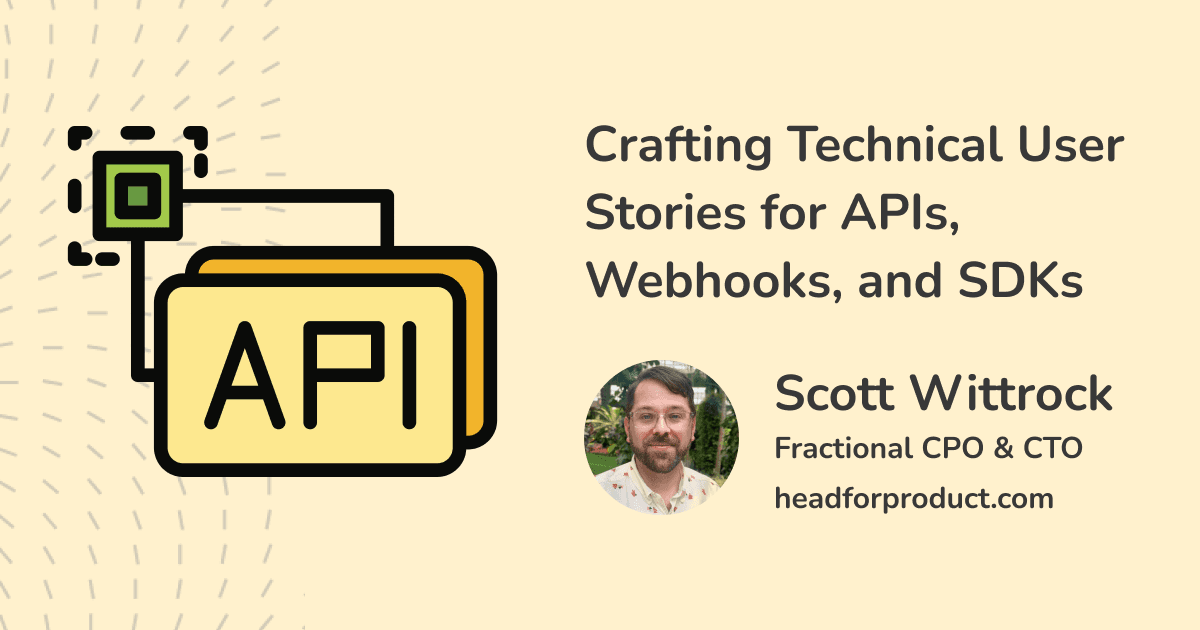From idea to issue: How to write a good user story
Hey there, fellow product enthusiasts! Today, we're diving into the exciting world of product development and exploring how we can build flexibility and agility into our processes. 🚀
In any thriving product team, the journey from a spark of an idea to a fully-executed masterpiece is a crucial process. To ensure we're on top of our game, let's establish a common practice for shaping ideas into actionable tasks that our development team can rock on! This practice not only helps us prioritize our ideas but also refines them, ensuring they are ready for development. Ready? Let's dive in!
Get to know some common issue types
First things first, let's categorize our issues into four main buckets: stories, bugs, tasks, and spikes. Now, hold on! Before you picture actual creepy crawlers, we're talking about Jira issues here. 😄
- Story: These are our sprint-ready tasks that can be accomplished within one sprint. For maximum efficiency, I like to follow the INVEST model, making sure each story is Independent, Negotiable, Valuable, Estimable, Small, and Testable. Check out the link for more details on INVEST.
- Bug: Bugs are those sneaky little issues when our system doesn't behave as intended. And oh boy, we must differentiate them from feature requests pretending to be bugs! For a clear fix, bugs need detailed steps to reproduce and describe what the expected outcome should be.
- Task: Anything that isn't a story or bug but takes substantial time in a sprint falls under tasks. These babies don't need to follow the INVEST model. We're talking about tasks like creating builds, creating developer documentation, and code refactoring.
- Spikes: A spike is like going on a quick adventure to gather knowledge! 🚀 It's an exploratory task that allows the team to delve into unknown territories. Spikes are perfect for situations where we need to research, investigate, or prototype something new. Unlike stories or bugs, spikes don't aim to deliver a tangible result within a sprint. Instead, they equip us with valuable insights and clarity to make informed decisions for our future endeavors. The key thing with spikes is to assign a fixed amount of time. This ensures you don’t get stuck researching forever. So, let's put on our adventurer hats and embark on these short but insightful journeys!
Taking an issue from caterpillar to butterfly
Picture this: our issues evolve through four fantastic stages of refinement. It's like watching a caterpillar turn into a beautiful butterfly! 🦋
- Backlog: This is where new issues make their grand entrance. We review and prioritize them for the next 1-5 sprints. Stories here have descriptive titles, and all issues roll up to related Epics for better organization.
- Refinement: Selected issues move into the refinement stage. Here, we add meat to the bones! Stories get clear business goals in the user story format. Smaller developer groups analyze feasibility, bugs are discussed for effective solutions, and tasks receive a clear sense of direction.
- Grooming: Ah, this is where the magic happens! Issues are all dressed up and ready to party. We add acceptance criteria to stories, and the development team has a rough plan and estimates in place. It's like throwing confetti on our issues!
- Ready: Our issues have graduated and are ready for action. They've been estimated, and our developers have a clear understanding of their goals. No more second-guessing – we're all set to make it happen!
You can’t do this in a silo
Working as a team is the secret sauce to your success! And meetings play a significant role in keeping us aligned.
- Three Amigos Meetings: This is where early ideas are nurtured and discussed. Picture it like a friendly hangout between a couple of developers, the product team, and a designer – brainstorming at its finest!
- Grooming Meetings: It's time to get serious and review all ideas in detail. Estimates and dependencies join the party, and our full team is present to ensure everyone's on the same page.
- Planning Meetings: Prioritize, discuss, and commit – that's the motto here! Our full team comes together to choose stories, talk implementation approaches, and commit to the sprint's workload. Teamwork makes the dream work!
Anatomy of a story
A dash of creativity and some structure – that's the recipe for a perfect story! 🎨
- Business Case: Here's where we paint a picture of who wants what and why. It goes like this: "As a [User Persona], I want [addition or modification to the system] so that [reason the user wants this to happen]."
- Acceptance Criteria: Our compass for success! These are the testable criteria that confirm the task is done. Each criteria should have a clear yes or no answer. I prefix all criteria with “I know this is done when…”.
Now, let's create some magic and turn these stories into reality!
Here’s a example
As an end user of the SDK I want to be able to clearly see the different tags my photo is returning so that I know that the system is starting to recognize the image that I tapped on.
I know this is done when...
- I tap on the an area in the camera a visual indicator is shown that will track to the item that was tapped
- When a tag is returned, the tags will be displayed one at a time tracking with the visual indicator
- The text tag is legible on any background (include black semi transparent background under white text)
- The text tags visually fade/animate in and out
And that's it, folks! From idea inception to issue execution, we've unraveled the secrets to a flexible and agile product development process. By understanding our issue types, refining them through stages, and collaborating effectively in meetings, we're all set to conquer new horizons in product development.
So, let's embrace this journey together and build products that shine! Happy developing! 😃🛠️



